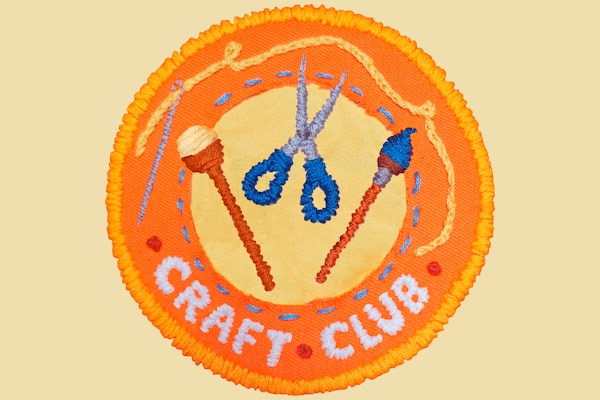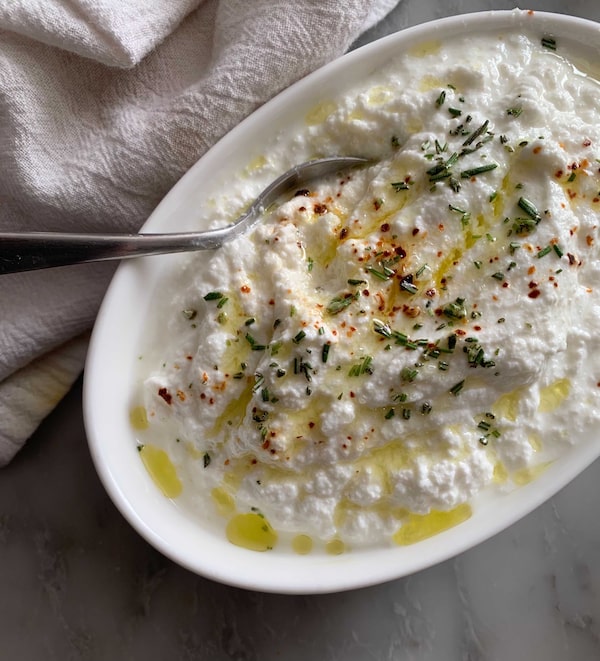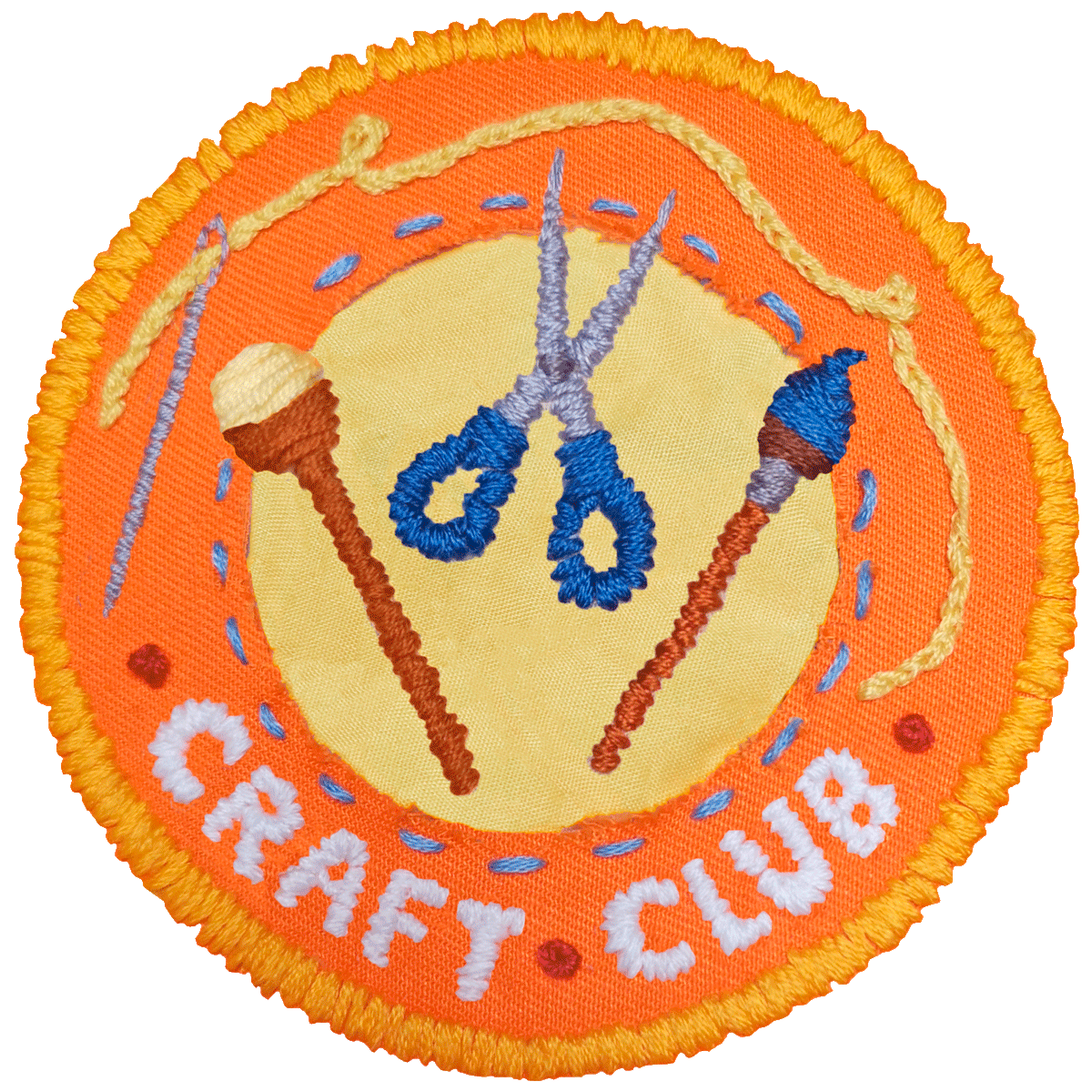Skip to the recipes for ricotta and pecan-rosemary crackers
“Do the dishes, it’ll make you feel better,” I remember my grandmother saying. “Nobody cries when they’re doing the dishes.”
It was practical advice from a practical woman – and in recent months, I have seen the spirit of this wisdom play out again and again. If you feel bad, do something productive. It might even make you feel a bit better.
But let’s focus on something more fun than dishes.
Cindy Lazarenko demonstrates how to make ricotta cheese at her home in Edmonton.Megan Albu/The Globe and Mail
The positive effects of activities such as knitting, crochet and embroidery are well documented. Studies show what crafters anecdotally know: That these activities can be calming and restorative, and can help profoundly with anxiety and stress, while also using your brain and body in totally different ways. (And, bonus – all of this, and you’ve made something.)
As actor Seth Rogen told The Cut last month, about his pottery hobby, “There’s something about how you’re literally trying to center something. The metaphors abound. But there’s inherently something meditative about it.”
Or, as Bianca Smalley told me in September, about her pandemic pastime designing and cross-stitching replicas of David Rose’s sweaters from the TV show Schitt’s Creek: “It’s a light in what is a pretty dark time.”
I was among the legions of people who, in those tense and uncertain days last March, immediately pulled out their sewing machines (or failing that, a needle and thread), found some fabric and started stitching.
Homemade masks were useful and needed then, but there was something more to it – it just felt good to make something. To focus on the cutting and measuring and pinning, to use our hands to do something productive. In the face of something over which we had no control, sewing a mask out of an old shirt or scrap of bedsheet was one thing we could do.
Sewing masks was the first pandemic pastime, but it was certainly not the last. Soon came bread-making and other baking, gardening and tending plants, knitting, doing puzzles, experimenting with various arts and crafts.
It has been wonderful to see my social-media feeds filling up with people’s efforts: The sourdough and the sewing, the collages and homemade jewellery, the fermentation and felting.
The motivations for these projects are varied. For some, it is a matter of having less money and more time (there is only so much one can watch on Netflix); of needing projects to occupy and distract restless children; of needing to calm and soothe ourselves; or wanting to make homemade gifts for those we can’t be with in person right now. And then there is the simple power of making something by hand.

Embroidery by Ashley Wong.
It is with all these benefits in mind that we are launching The Globe and Mail’s Craft Club, a series of free livestreamed classes, accessible on our website and Facebook, to help you get creative and learn new skills in the months to come.
Get your supplies ready in advance and work along with us, or just tune in and take on the project yourself later.
We will be taking questions and offering direction throughout the classes, and hope you will share your creations with us later on Instagram (@globeandmail) and Twitter (@globeandmail) using the hashtag #globeCraftClub. Join our private Facebook group for bonus discussion.
Our first class will take place on Tuesday, Jan. 19 at 7 p.m. ET, when Edmonton chef and food educator Cindy Lazarenko will teach us how to make homemade crackers and ricotta cheese from scratch.
Lazarenko strains the curds to make ricotta.Megan Albu/The Globe and Mail
Megan Albu/The Globe and Mail
Our second class, on Tuesday, Feb. 2, at 7 p.m. ET, will be soap-making with Natalie Pepin, who teaches heritage skills and Indigenous arts through her business, ReSkilled Life.
The Craft Club classes will run every second Tuesday evening until March and will include collage, notebook-making and hand embroidery.
Globe Craft Club events
Lesson one: How to make ricotta cheese and homemade crackers
If you missed our event on Tuesday, Jan. 19, at 7 p.m. ET, watch it on the Craft Club page or Facebook.
Recipes

Cindy Lazarenko/The Globe and Mail
Ricotta cheese
- 2 quarts whole milk (or goat milk)
- 1 cup plain whole-milk yogurt
- Optional: 1/2 cup heavy cream
- 2 teaspoons white vinegar
- 1 teaspoon salt
- A large pot, bowl and cheesecloth
In a large pot, bring the milk, yogurt, heavy cream (if using), vinegar and salt to a boil. Very gently boil for one to two minutes, until the milk is curdled.
Meanwhile, line a strainer with a few layers of cheesecloth and set it over a deep bowl.
Pour the milk mixture into the strainer and let drain for 15 minutes. Gather the cheesecloth around the curds and squeeze gently to extract any excess liquid.
Storage: Homemade ricotta is best served slightly warm, although it can be refrigerated for up to three days, if desired.
Pecan-rosemary crackers
- 2 cups all-purpose flour
- 2 tsp baking soda
- 1/2 tsp salt
- 2 cups buttermilk
- 1/4 cup brown sugar
- 1/4 cup honey
- 1 cup raisins (or dried cranberries)
- 1/2 cup chopped pecans
- 1/2 cup pumpkin seeds
- 1/4 cup sesame seeds
- 1/4 cup ground flax seed
- 1 tbsp finely chopped fresh rosemary
Preheat oven to 350F.
In a large bowl, stir together the flour, baking soda and salt. Add the buttermilk, brown sugar and honey and stir just until ingredients are incorporated – do not overmix. Add the raisins, pecans, pumpkin seeds, sesame seeds, flax seed and rosemary and stir just until blended.
Pour the batter evenly into two loaf pans that have been sprayed with nonstick spray. Alternatively, if you have a 6-unit mini loaf pan those work best for smaller crackers. Bake for 30-35 minutes, until golden brown. Remove from the pans and cool completely.
The loaves have to be completely cool in order to slice thinly. I like to make these a day ahead and store in the fridge overnight and then slice them when they are cold. Or you can pop one into the freezer for another day and use the other loaf on the day of (once it’s cooled).
Preheat the oven to 300F. Slice the loaves as thin as possible and place each slice on a parchment paper-lined baking sheet – they can be close together. Bake them for approximately 10 minutes – it may take longer depending on how thinly you sliced them (15 minutes maximum). Flip them over and bake for another 10 minutes or until they are dark golden brown and crisp.
Lesson two: How to make soap
- Tuesday, Feb. 2, at 7 p.m. ET
- Keep an eye on our Craft Club page for the supply list and more details.

How to participate: Join our Facebook group, RSVP to the event on Facebook, and keep up to date on our upcoming crafts here.
If you make any of these projects, tag us on Instagram (@globeandmail) or Twitter (@globeandmail) and use the hashtag #globeCraftClub.
Are you interested in teaching how to make a craft or creation as part of The Globe’s Craft Club? Email jpruden@globeandmail.com
 Jana G. Pruden
Jana G. Pruden